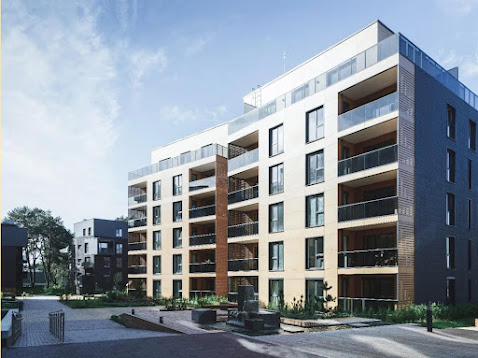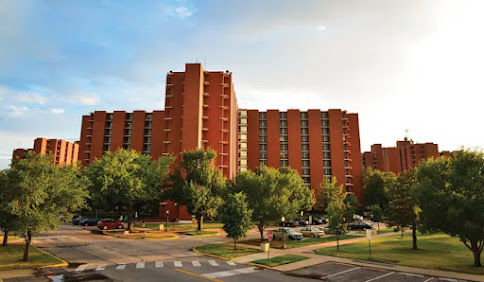The Politics of Apartment Heating Management

As a leader in the sales and installation of heating controls for all kinds of commercial buildings, we’ve heard a lot of stories from the HVAC technicians and building managers who have installed our equipment over the years. It’s easy to get caught up in the technology aspects of heating, and most building management folks are focused on the money they will save when they have a “Heat-Timer®” running their boilers. Sometimes however, we forget that all different kinds of folks are living in these apartments and co-op buildings and people experience hot and cold in different ways. You can’t solve a problem of heating efficiency and cost reduction, without solving the human problem at the same time. A recent install at a 100 unit NYC Co-Op hi-rise, is a perfect example. Most of the residents were retired, elderly and long-time occupants of the building. This older group of residents completely controlled the Co-Op board, and dictated most of the major decisions in the building.
